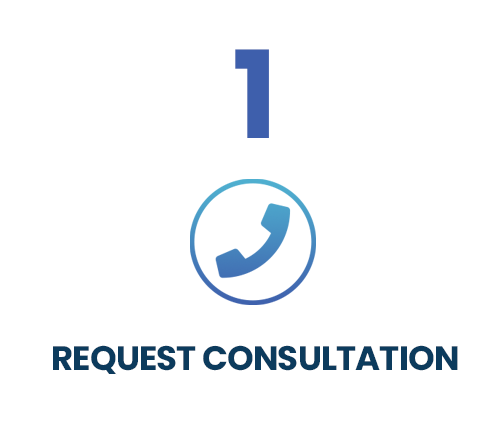As a Tampa web design company, we constantly look for ways to increase website conversion rates for our clients. We find that one of the most effective ways for businesses to turn visits into sales is by building trust and credibility, and one of the best ways to do this is through the use of testimonials. Studies show that testimonials help build trust and enhance your brand’s credibility with prospective customers, and consequently contribute to increased conversions.
– As reported by BusinessWeek, 70% of Americans say they look at testimonials before deciding to make a purchase.
– A study conducted by CompUSA and iPerceptions revealed that 63% of consumers indicate they are more likely to purchase from a site if it has testimonials.
– According to a Dimensional Research survey, 90% of respondents claim that positive online testimonials influence their purchase decisions.
Below, we outline three steps to effectively use testimonials to build credibility and increase website conversions.
Step 1: Actively Seek Out New Testimonials
Reach out to existing or past customers and ask them about their experiences with the services or products your company offers. Not only will you gain a testimonial for your website, but you will also gain valuable insight about their experience with your products or services. If the feedback you receive is negative, that’s okay. Negative feedback provides an opportunity to improve your customer experience.
Step 2: Use Testimonials That Address Pain Points & Highlight Benefits
Just because a testimonial is positive, doesn’t mean it’s effective. The most effective testimonials address the customer’s pain point and emphasizes the benefits your service or product provides.
An example of an effective testimonial is, “Prior to seeking the services of Company A, our business had difficulty with consistently meeting quarterly sales objectives. Company A’s services not only allowed us to meet our quarterly sales objectives, but enabled us to exceed them by 200%.”
Step 3: Place Testimonials Alongside Contextually Relevant Content
Testimonials are most effective when they’re relevant in context to the product or service being viewed. For example, if your business has three service offerings: A, B, and C, then a testimonial for service A would be most effective alongside areas of the website that are devoted to service A. This reinforces your credibility to the prospective customer for that specific service. In contrast, placing testimonials that are relevant to service B or C alongside content that discusses service A would add little value.
Conclusion
By placing effective testimonials alongside contextually relevant content, your website will be better equipped to build trust and credibility with prospective customers, and ultimately generate more conversions.




